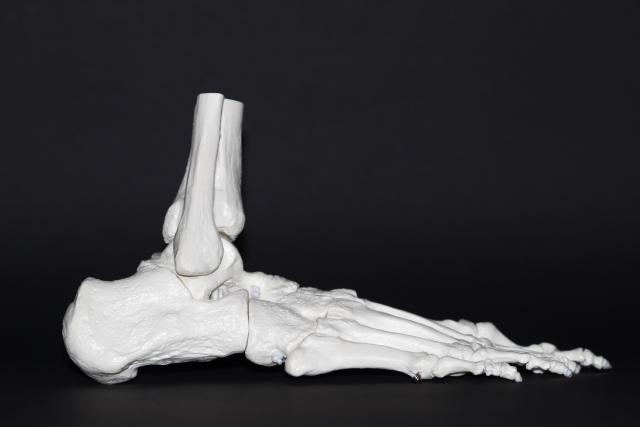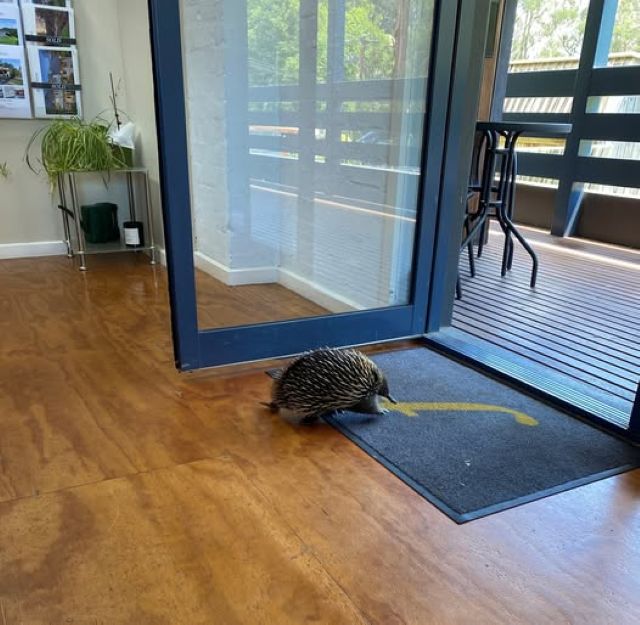During a long walk with a friend around Emerald Lake Park we got to talking about her arch supports that she’d bought to try to fix her heel pain.
My friend has been struggling with heel pain for a few months, it started off just an annoying niggle but after a while it tipped over into becoming a daily painful problem.
It was then that my friend did the only thing she could think of – she went to the chemist and picked up a pair of arch supports that she hoped to help her pain.
Halfway around the lake – we hit a snag.
Those over the counter arch supports weren’t up to her needs and together we weighed up whether paddling across the lake to get back to the car would be better than limping the rest of the way around.
Long story (and walk) cut short, we made it back in one piece – just.
But it prompted me to reach out to my local podiatrists at PridePlus Health and find out just how do orthotics work?
Tanya, Laura and Sikhie are podiatrists who practice in Emerald and they shared the following six ways orthotics work (or don’t work comfortably).
1. Orthotics work by “pushing” to help your muscles who work by “pulling” on your feet. The bigger the push, the less work that the muscles need to do. There’s a risk though – push too hard on your foot and it can be too uncomfortable.
2. They can also be considered to work by altering the ground reaction force acting on the feet. The ground reaction force is converted to an orthotic reaction force. This turns small nudges into big pushes, or big pushes into gentle nudges.
3. Another method for orthotics to work is by increasing the neurofeedback to our brains. Your feet have more nerve endings than almost anywhere else in the body so increasing stimulation on them via an orthotic changes how we consciously and unconsciously perceive and move our feet.
4. Orthotics work like other physical therapies where they take an injured tissue and improve the loading on it so our body can repair it back to health again.
5. You can also deflect pressure from high loading areas on the skin like callus or corns and move it to other areas.
6. Orthotics work by providing different support at different times of the gait cycle. Some people need more of a push during heel strike, others at toe off.
The podiatrists were quick to inform me that orthotics alone aren’t for everyone. They are an important part of a treatment plan for lots of different problems podiatrists treat – but they are only that – a part.
Podiatrist Laura demonstrates how she combines her orthotic treatment with her exercise prescription for clients in her clinic. “Everytime we need an orthotic to unload a painful overloaded area we also need to build and train that area back up. Appropriate exercises are vital for this to be successful” she says.
So before we go for our next walk around the lake, I’ll be sending my friend in to see Laura, Tanya and Sikhie to get a treatment plan for her heel pain. I don’t want to risk getting stuck on the other side of the lake again.







